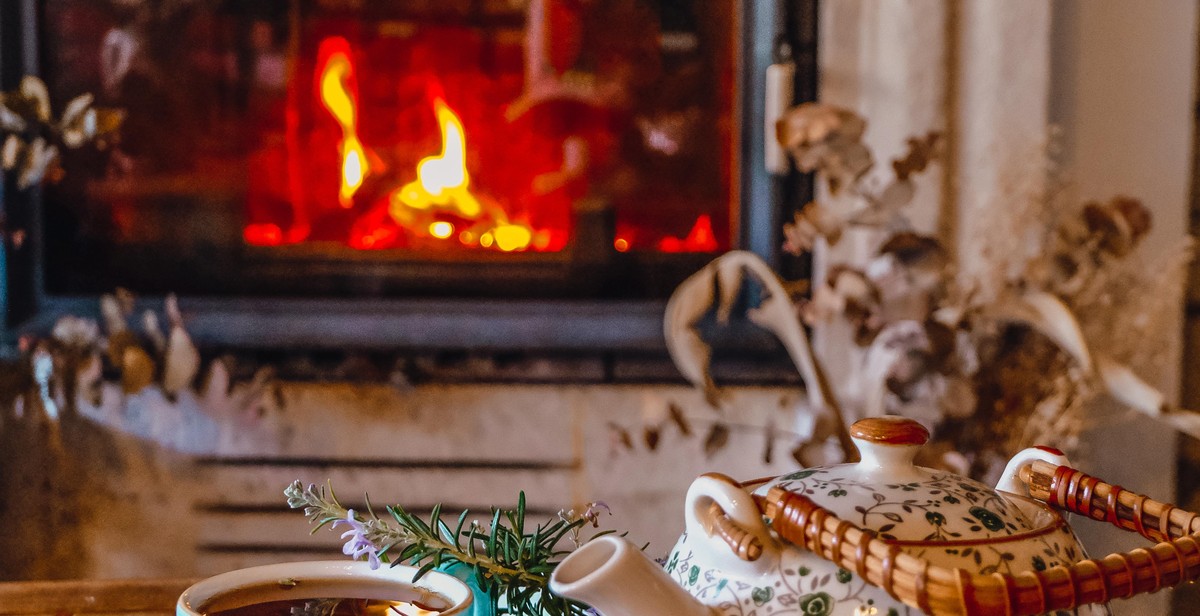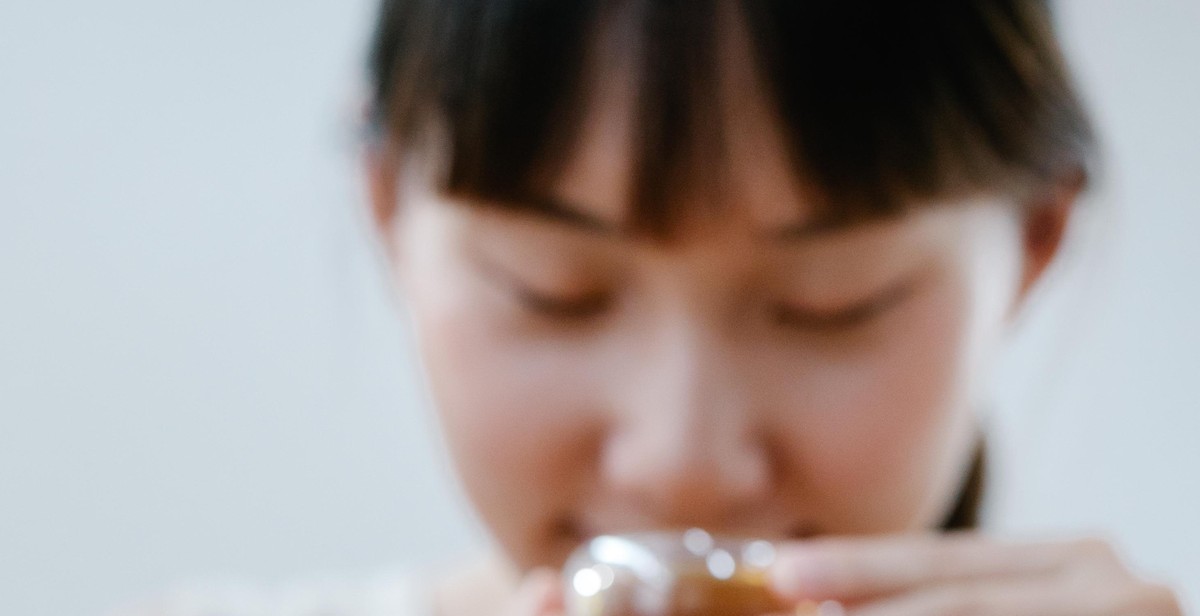How to Brew the Perfect Cup of Ceylon Tea
Ceylon tea is known for its rich flavor and aroma, making it a popular choice among tea lovers. However, brewing the perfect cup of Ceylon tea can be a bit tricky. In this article, we will guide you through the steps to make the perfect cup of Ceylon tea.
Choosing the Right Tea Leaves
The first step to brewing the perfect cup of Ceylon tea is choosing the right tea leaves. Look for high-quality loose tea leaves that are fresh and have a strong aroma. Avoid tea bags as they may contain low-quality tea leaves and artificial flavors.
Measuring the Tea Leaves
Next, measure the tea leaves. A general rule of thumb is to use one teaspoon of tea leaves for every cup of water. However, you can adjust this ratio based on your preference for a stronger or milder flavor.
Boiling the Water
Boil fresh water and let it cool for a few minutes before pouring it over the tea leaves. The ideal temperature for brewing Ceylon tea is around 85-90°C (185-195°F).
Brewing Time
Let the tea steep for 3-5 minutes. Do not overbrew the tea as it can result in a bitter taste. If you prefer a stronger flavor, you can steep the tea for a longer period.
Serving the Tea
Once the tea is brewed, strain the leaves and pour the tea into a teapot or a cup. You can add milk, sugar, or lemon based on your preference. Enjoy your perfect cup of Ceylon tea!

The History of Ceylon Tea
Ceylon tea, also known as Sri Lankan tea, is a type of tea that is grown and produced in Sri Lanka. The history of Ceylon tea dates back to the early days of British colonialism in Sri Lanka, when the British began to experiment with growing tea on the island.
The Beginnings of Tea in Sri Lanka
Before the British arrived in Sri Lanka, the island was known for its cinnamon and other spices. However, in the early 19th century, the British began to look for ways to diversify the island’s economy. They saw the potential for tea cultivation in Sri Lanka and began to experiment with growing tea plants on the island.
In 1867, the British brought in tea plants from China and established the first tea plantation in Sri Lanka. However, the tea plants did not thrive in the island’s climate and soil. It wasn’t until they brought in tea plants from Assam, India that tea cultivation in Sri Lanka began to take off.
The Rise of Ceylon Tea
By the late 1800s, tea had become a major crop in Sri Lanka. The British established large tea plantations in the central highlands of Sri Lanka, which became known as the “tea country.” The tea produced in Sri Lanka became known for its high quality and unique flavor.
In 1893, the Ceylon Tea Traders Association was established to promote and market Ceylon tea around the world. The association helped to establish Ceylon tea as a premium brand, and by the early 20th century, Ceylon tea had become one of the most popular types of tea in the world.
Ceylon Tea Today
Today, Ceylon tea is still a major crop in Sri Lanka. The country produces over 300 million kilograms of tea each year, and Ceylon tea is exported to countries all over the world. Sri Lanka is now the world’s fourth largest tea producer, after China, India, and Kenya.
Ceylon tea is known for its unique flavor and aroma, which is influenced by the island’s climate and soil. The tea is grown in the highlands of Sri Lanka, where the cool temperatures and high altitude help to produce a delicate and flavorful tea.
Ceylon tea is also known for its health benefits. It is high in antioxidants and has been shown to help lower cholesterol and reduce the risk of heart disease and stroke.
| Year | Tea Production (in millions of kilograms) |
|---|---|
| 2015 | 338.2 |
| 2016 | 307.1 |
| 2017 | 307.8 |
| 2018 | 303.3 |
| 2019 | 300.2 |

Choosing the Right Ceylon Tea
Ceylon tea is one of the most popular tea varieties in the world, known for its rich flavor and aroma. However, choosing the right Ceylon tea can be a daunting task, as there are many different grades and flavor profiles to choose from. In this section, we will discuss how to choose the right Ceylon tea based on its grade and flavor profile.
Understanding the Different Grades of Ceylon Tea
Ceylon tea is graded based on the size and quality of the leaves. The grades range from whole leaf to dust, with whole leaf being the highest quality and dust being the lowest. Here are the different grades of Ceylon tea:
| Grade | Description |
|---|---|
| Whole Leaf | The highest quality tea, made from the whole leaves of the tea plant. It has a delicate flavor and aroma. |
| Broken Leaf | Made from larger pieces of the tea plant, this tea has a stronger flavor and aroma than whole leaf tea. |
| Fannings | Made from smaller pieces of the tea plant, this tea has a bolder flavor and is often used in tea bags. |
| Dust | The lowest quality tea, made from the smallest pieces of the tea plant. It has a strong, bitter flavor and is also used in tea bags. |
Picking the Right Flavor Profile
Ceylon tea comes in different flavor profiles, depending on the region where it is grown and the processing method used. Here are the different flavor profiles of Ceylon tea:
- High-Grown: Grown in the high-altitude regions of Sri Lanka, this tea has a light, delicate flavor with a hint of citrus.
- Mid-Grown: Grown in the middle-altitude regions of Sri Lanka, this tea has a stronger flavor with a hint of spice.
- Low-Grown: Grown in the low-altitude regions of Sri Lanka, this tea has a bold, robust flavor with a hint of caramel.
When choosing the right Ceylon tea, consider the flavor profile that suits your taste buds. If you prefer a light and delicate flavor, go for high-grown tea. If you prefer a stronger flavor, go for mid-grown or low-grown tea.

Preparing to Brew
Before you can brew the perfect cup of Ceylon tea, it’s important to ensure that you have the right equipment and ingredients on hand. The following steps will guide you through the process of preparing to brew:
Choosing the Right Equipment
The equipment you use to brew your tea can have a significant impact on the taste and quality of the final product. Here are some tips for choosing the right equipment:
- Use a teapot made of ceramic or porcelain to ensure that the temperature of the water remains consistent throughout the brewing process.
- Invest in a good quality tea infuser or strainer to ensure that the tea leaves are properly steeped and don’t end up in your cup.
- Consider using a tea kettle with a built-in temperature gauge to ensure that the water is heated to the correct temperature for the type of tea you are brewing.
Measuring the Tea Leaves
The amount of tea leaves you use will also impact the taste and strength of your tea. Here’s how to measure the perfect amount:
- For a single cup of tea, use one teaspoon of loose tea leaves or one tea bag.
- For a pot of tea, use one teaspoon of loose tea leaves per cup of water.
- Adjust the amount of tea leaves based on your personal preference for strength.
Boiling the Water
The temperature of the water you use to brew your tea is also important. Here’s how to ensure that the water is heated to the correct temperature:
| Type of Tea | Water Temperature |
|---|---|
| Black Tea | 212°F (100°C) |
| Green Tea | 170-185°F (77-85°C) |
| White Tea | 160-175°F (71-79°C) |
| Oolong Tea | 185-205°F (85-96°C) |
Bring the water to a boil and then allow it to cool for a few minutes before adding the tea leaves. This will ensure that the water is at the correct temperature for brewing.

Brewing the Perfect Cup of Ceylon Tea
Ceylon tea is a popular choice among tea lovers due to its unique taste and aroma. Brewing the perfect cup of Ceylon tea requires attention to detail and a few simple steps. Here’s how to do it:
Steeping Time and Temperature
The steeping time and temperature are crucial to bringing out the full flavor of Ceylon tea. Steep the tea for 3-5 minutes in water that has been heated to 195-205°F (90-96°C). This will ensure that the tea releases its full flavor and aroma.
The Art of Pouring
The way you pour your tea can also affect its taste. To avoid bitterness, pour the tea slowly and steadily, making sure that the water is evenly distributed throughout the cup. This will ensure that the tea brews evenly and that all the flavors are fully released.
Adding Milk and Sugar
Adding milk and sugar is a personal preference, but it’s important to do it correctly to avoid overpowering the taste of the tea. If you prefer your tea with milk, add it after the tea has steeped. Use a ratio of one part milk to two parts tea. If you prefer sugar, add it while the tea is steeping to allow the sugar to dissolve fully. Be careful not to add too much sugar, as it can overpower the taste of the tea.
| Steeping Time | Temperature | Milk | Sugar |
|---|---|---|---|
| 3-5 minutes | 195-205°F (90-96°C) | One part milk to two parts tea | Add while steeping, be careful not to add too much |
By following these simple steps, you can brew the perfect cup of Ceylon tea every time. Enjoy!

Conclusion
Brewing the perfect cup of Ceylon tea is a simple yet precise process that requires attention to detail. With the right tools and techniques, you can easily enjoy a delicious cup of tea that is full of flavor and aroma.
Remember these key takeaways:
- Use fresh, high-quality Ceylon tea leaves for the best flavor and aroma.
- Measure the tea leaves and water carefully to achieve the ideal strength and consistency.
- Control the water temperature and steeping time to avoid bitterness and ensure a smooth taste.
- Experiment with different brewing methods and tea blends to find your perfect cup of Ceylon tea.
Whether you prefer your tea hot or iced, plain or with milk and sugar, Ceylon tea is a versatile and delicious beverage that can be enjoyed anytime. With a little practice and patience, you can become a master tea brewer and impress your friends and family with your skills.
| Benefits of Ceylon Tea |
|---|
| 1. Rich in antioxidants that promote good health and prevent diseases. |
| 2. Contains caffeine that boosts energy and mental alertness. |
| 3. Lowers the risk of heart disease, stroke, and diabetes. |
| 4. Improves digestion and reduces inflammation in the body. |
So go ahead and brew yourself a cup of Ceylon tea today and savor the taste of this exotic and delightful tea!
